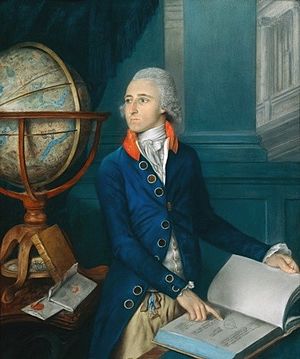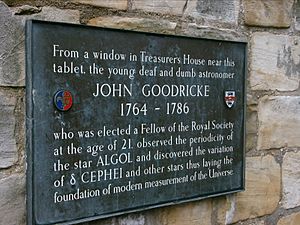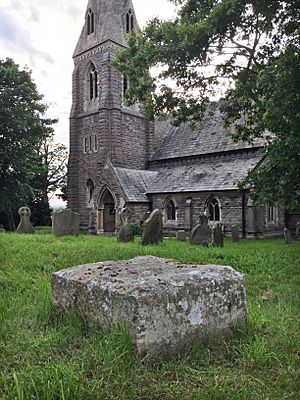John Goodricke facts for kids
Quick facts for kids
John Goodricke
|
|
|---|---|
 |
|
| Born | 17 September 1764 |
| Died | 20 April 1786 (aged 21) |
| Nationality | British |
| Known for | Studies of variable stars |
| Awards | Copley Medal (1783) |
| Scientific career | |
| Fields | Astronomy |
| Influences | Edward Pigott |
John Goodricke (born September 17, 1764 – died April 20, 1786) was a talented English astronomer. Even though he was deaf and died very young, he made important discoveries about stars. He is best known for studying a special type of star called variable stars, especially one named Algol.
Contents
Early Life and Discoveries
John Goodricke was born in Groningen, which is in the Netherlands. He became deaf when he was a young child because of a serious illness. His parents sent him to a special school for deaf students in Edinburgh, Scotland. Later, he went to another school called Warrington Academy.
After school, John moved to York, England, to live with his parents. There, he became good friends with his neighbor, Edward Pigott. Edward's father had a great private observatory, which is a place for looking at stars. Edward was already very interested in variable stars, which are stars that change how bright they look. He gave John a list of stars to watch.
John Goodricke soon discovered that two other stars, named Beta Lyrae and Delta Cephei, also changed their brightness regularly. Delta Cephei is now a famous example of a type of star called a Cepheid variable.
Unlocking Star Secrets
People already knew that some stars changed their brightness. But John Goodricke was the first to figure out why this happened for a star like Algol. He thought that Algol was actually two stars orbiting each other. When one star passed in front of the other, it would block some of its light, making the star look dimmer. This idea is now known as an eclipsing binary system.
John shared his amazing findings with the Royal Society in May 1783. The Royal Society is a famous group of scientists. For his brilliant work, they gave him a special award called the Copley Medal that same year.
Just four days before he died, John Goodricke was chosen to be a Fellow of the Royal Society. This is a very high honor for a scientist. Sadly, he never found out about it because he died from pneumonia on April 20, 1786, when he was only 21 years old. He never married.
Goodricke's Legacy in Yorkshire
John Goodricke was buried at Hunsingore Church in Yorkshire, England. Many of his family members are also buried there.
Today, you can find a special marker in York near the place where John Goodricke had his observatory. Experts believe he observed the stars from a top-floor window of the Treasurer's House, looking towards York Minster.
A college at the University of York is named Goodricke College in his honor. There is also a modern sculpture called Algol on the college grounds, named after the star he studied.
Honors and Recognition
- An asteroid in space, named 3116 Goodricke, is named after John Goodricke.
- Goodricke College at the University of York is named after him.
- The Goodricke-Pigott Observatory in Arizona, USA, is named after both John Goodricke and his friend Edward Pigott. It was officially opened in 1996.
See also
 In Spanish: John Goodricke para niños
In Spanish: John Goodricke para niños



